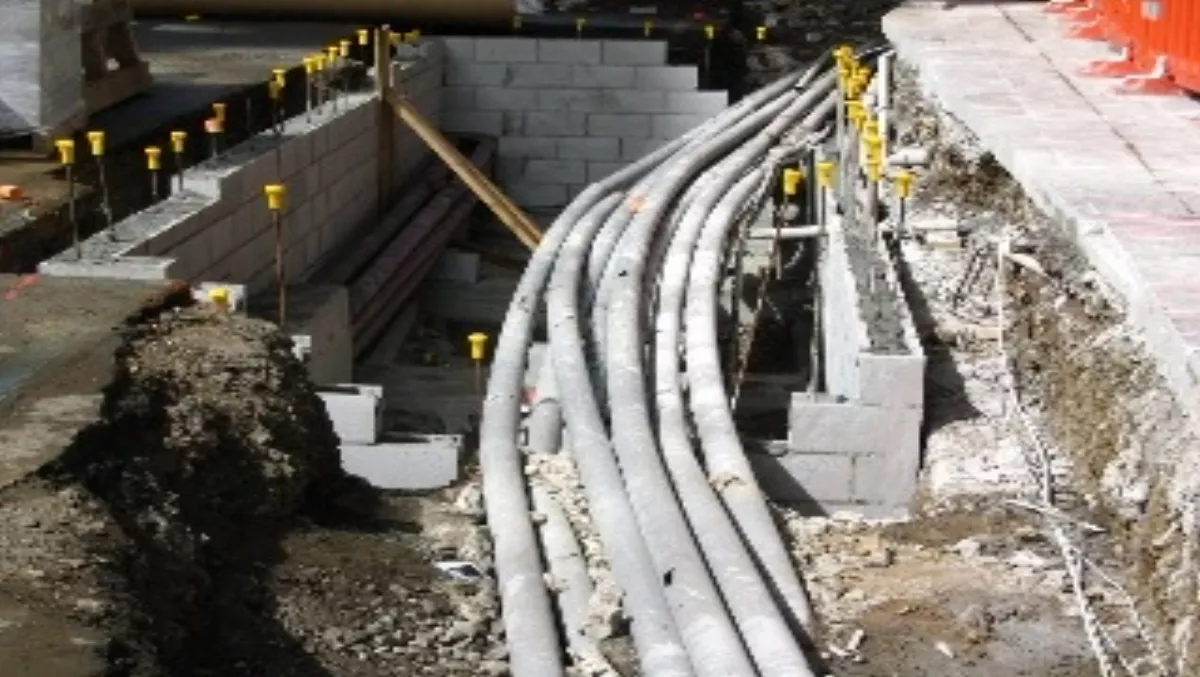
FIBRE 2010: Did David Skilling seal Chorus's fate in 2008?
Telecom's announcement in April that it had downgraded itsprofit forecast for 2011-2013 was undoubtedly bad news for the stock market,but it was a cloud with a silver lining - for the government at least.
The statement by CEO Paul Reynolds that Telecom is "open toworking with the government on a full range of approaches to its UFB (UltraFast Broadband) initiative was widely interpreted as meaning the company mightat last be willing to consider structural separation and sell off its networkdivision Chorus.
This idea was given further weight when Reynolds suggestedin the conference call with analysts that followed, that "there is a wholerange of potential options from internal delivery to new structures and newcompanies. And the Board is very open minded; we have done and are signallingthat to the market and government; we have no dogma and are not precludinganything and we will run it through the filter of benefits to shareholders andto New Zealand. We can’t be clearer than that.”
The following day TUANZ issue a press release trumpetingstructural separation, and Telecom’s head of external relations Mark Watts wasn’tdenying the concept, nor was he dismissing it as speculation. Telecom’s hints and TUANZ’s hopes were about all there was to kick-startthe idea of Chorus being sold off.
However the mere suggestion sent me back to a paper writtenby David Skilling when he headed the New Zealand Institute and released in April 2008. It was called ‘Deliveringon the broadband aspiration; a recommended pathway to fibre for New Zealand’. And I was surprised to see just how much of theUFB model is based on this paper, starting with the aspiration of a fibrenetwork that reaches 75% of the population in 10 years.
The Institute’s paper estimates that the cost of the passivelayer (ie ducts, or layer one) is around $4 billion and suggests the governmentcontributes $1 billion over 10 years. The paper recommends the establishment ofa price-regulated monopoly investor in the fibre access network which it callsFibreCo, and assumes that the project is commercially viable if premises costless than $3000 to connect.
Its preferred option is for the structural separation ofTelecom and the purchase of Chorus, thereby enabling FibreCo to manage thetransition of copper to fibre. The paper claims this option ensure there’s nocompetitive pricing from Telecom that could damage FibreCos’s margins, that itprevents overbuilding, and that it provides revenue for FibreCo (in the form ofincome on the copper network) from day one.
There are two other options discussed in the paper - on isthat FibreCo competes with Chorus, the other is that the government forcesTelecom to sell Chorus via regulation; but the paper notes this is likely to be"unpalatable”.
So what would Chorus be worth? As it happens, on the verysame day as Telecom’s profit downgrade announcement, the Commerce Commissionreleased its assessment of Telecom’s financial statements to 30 June 2009,which the company is required to submit for review under Operation Separationregulations. The Commission claimed that
Telecom has overvalued its assets, andthere are in fact two widely different valuations for the fixed assets in theAccess Services Group which includes Chorus - $1.3 billion and $5.2 billion.
Telecom has already invested $30 million in its workprogramme to operationally separate and there is the cost of its Fibre to theNode programme to consider (although presumably this is part of the valuation).
How would the government provide compensation to Telecom ifCrown Fibre Holdings became Chorus’s new owner? Alternatively, how would it accommodateanother player in the market - would a new Chorus owner be expected toparticipate in a national solution or be part of the regional pick and mix? Andif the former occurred, what about the lines companies? Would the governmentturn its back on the New Zealand Regional Fibre Group - whose members are offeringto build a brand new, unencumbered network?
Or could all parties work together?
About the only thing that is for certain is that thesequestions are being debated behind closed doors. Partners in the UFB areexpected to be finalised by June, final contracts signed in September and - to quotePrime Minister John Key - fibre will begin to be laid by the end of the year.Just a few month after the New Zealand Institute’s preferred timetable... funnythat.
This editorial by Sarah Putt appeared in the May 2010edition of Telecommunications Review.It begins our special online series this week called FIBRE 2010. The governmentis poised to spend $1.5 billion on a fibre network, and in so doing irrevocablychange the New Zealand telecommunications industry, so we will examine adifferent aspect of its UFB initiative each day. Feedback to

